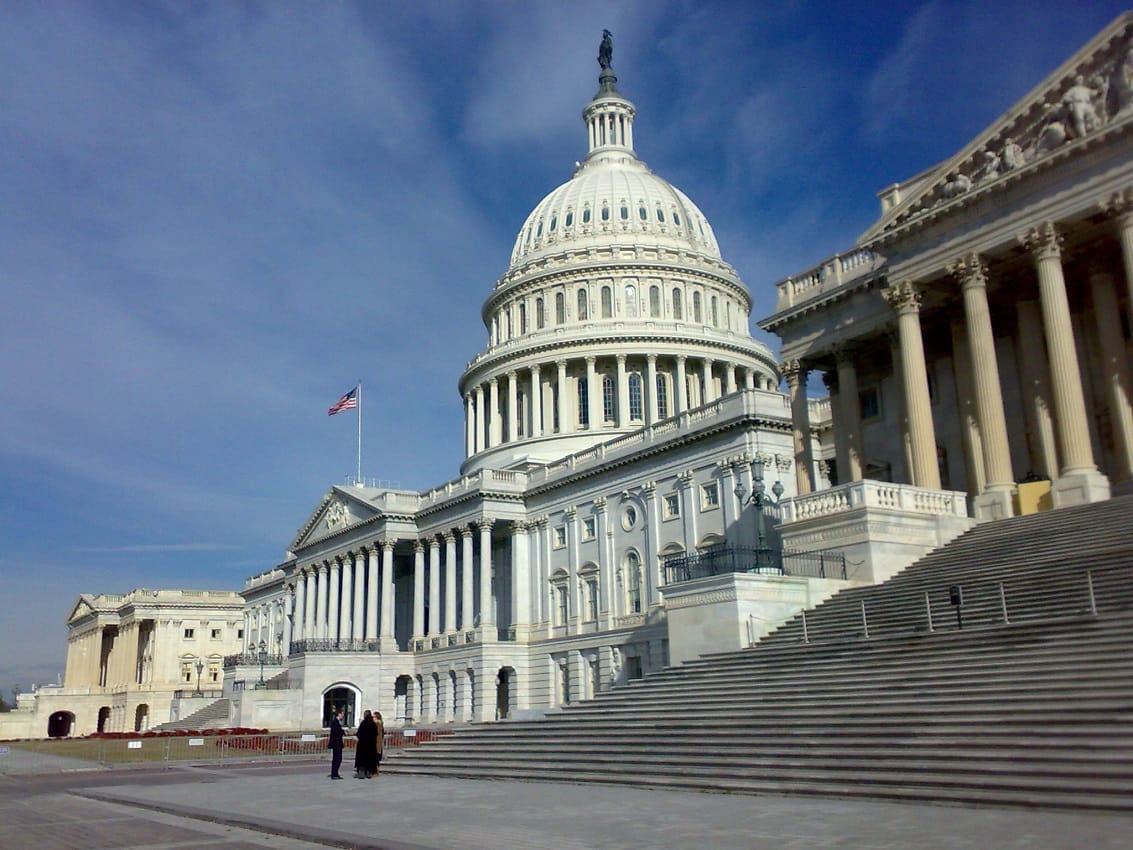
“Understanding the political world” by James N. Danziger essay
“Understanding the political world” by James N. Danziger is worth to be called a unique work. In pretty simple and understandable way, this author addresses the main points about complicated set of world political system doctrines and institutions. In addition, the author traces interconnections between economic and political institutions, what remains incredibly relevant issue in the entire theme. In this paper, we’ll try to answer three questions on the base of ideas found in previously noted reading.
It worth being mentioned that the disputes about benefits and problems of two major types of economy system remain incredibly relevant among economy theorists even today. In fact, both command and market are ideal models that hardly can be implemented into real life in pure way. Herewith, most of contemporary states witness mixed economy systems. Let’s take a brief review about command and market economy systems. A true market economy is directed by forces of the economy commonly referred to as the “invisible hand”. Prices, product quality, the amount of goods produced, and other aspects are guided by supply and demand. Herewith, government does not take direct role in directing the economy. In an command type of economy system, it is controlled by state, where centralized government decides on the production and distribution of the resources. Form the point of ordinary citizen, market economy looks much more advantageous in comparison to command one. The main concept about the “free market” is competition. Thus, the struggle for consumer leads to producing the best product on affordable prices. In addition, market economy is more attentive to consumers’ demand. However, state’s non-interference can lead to abuses and misbehavior of the most successful representatives of private business sector. On the other hand, command type of economy system is beneficial with its potential to distribute resources equally among people. Herewith, it is incredibly insensitive to consumers’ demand. The main problem here is system’s inefficiency. For example, inefficient creation and delivery of products can cause widespread shortages of basic consumer goods, like it was in post-communist Hungary. In addition, at the early stage of economic transition Hungary had for about 800 000 of unemployed, which was caused by the failure of unprofitable and unsalvageable factories. This was also the result of the greatest problem about command system.
Speaking about political development, it should be clear that this term did not witnessed absolute approach to its definition. Moreover, differences between existing political systems are also considerable. Thereby, it is often quite difficult to outline the common indicators of political development. In general, the political development is traced through the development of main political institutions, values, and attitudes that are typical to certain society. In the international aspect, political development id defined through national sovereignty and state’s integrity. Also, we can remind upholding commitments and demanding respect in the international system. On the other hand, political development also can traced from the point of domestic attributed. Among such internal factors, we can list next indicators: 1) the domestic attributes of constitutional order and political stability, attained through the formation of a settled framework of government; 2) reliable procedures for leadership succession; 3) consolidation of the territorial administrative reach of government institutions. To add the list of indicators, we also can mention freedom, security, and modernization. As for the biased indicators of political development, we can mention economic factor. By the way, this issue is incredibly disputable today. However, the majority is well with the idea the political development is in some way derivative from the economic stability, but the economic factors are not the indicators by themselves. They are only capable to accelerate or to slow down the process of political development.
Dealing with case of the U.S.A., there are also some peculiar properties that should be noted. The pattern of United State’s political development is centered around democratization, which goes shoulder to shoulder with free market trends. The main indicators of progress here are pluralism, liberalism, competition, equalization of power, and similar qualities. All these features in common allows to call United States the society of modern political system. Herewith, the modernization involves plenty of other spheres, such as economy or culture. Seemingly, every state with similar to United State’s political system should attempt to achieve the kind of economic development and modernization like in the U.S.A.. Herewith, we are speaking about democratic states with the preferences of free market principles. In this order, The United States appears to be some sort of the example to follow. On the hand, the way of this country is not suitable to every state. In this aspect, we should remind existing differences in political and legal systems all around the world. Political development does not always mean the quality. It is all about the strength of political institutions inherent to certain society. In this way, it is even hard to imagine that some politically and economically segregated states can achieve similar level of economic development and modernization especially, with no harm to established political ties with multi-functional nature. Authoritative political systems with prevailing command economy patterns have absolutely opposite vector of development, which hardly have some similarities with the United States of America. In this regard, the scenario of U.S.A. is contrary to interests of political and economic systems of command and authoritative values.

